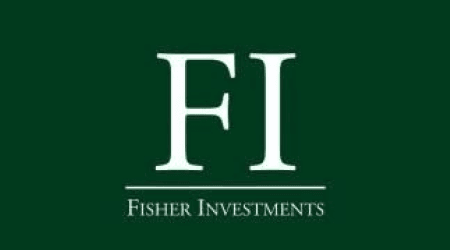Start Your Journey to a Better Financial Future
- Access a team of fiduciary portfolio management specialists and financial, tax and estate planning professionals.
- Transparent fee structure with no commission-based products.
- Get tax-efficient wealth management that reduces your tax burden and preserves more of your assets.
- Tailored financial plans for your unique needs and goals.
- Ongoing consultations to adapt your evolving plan.

